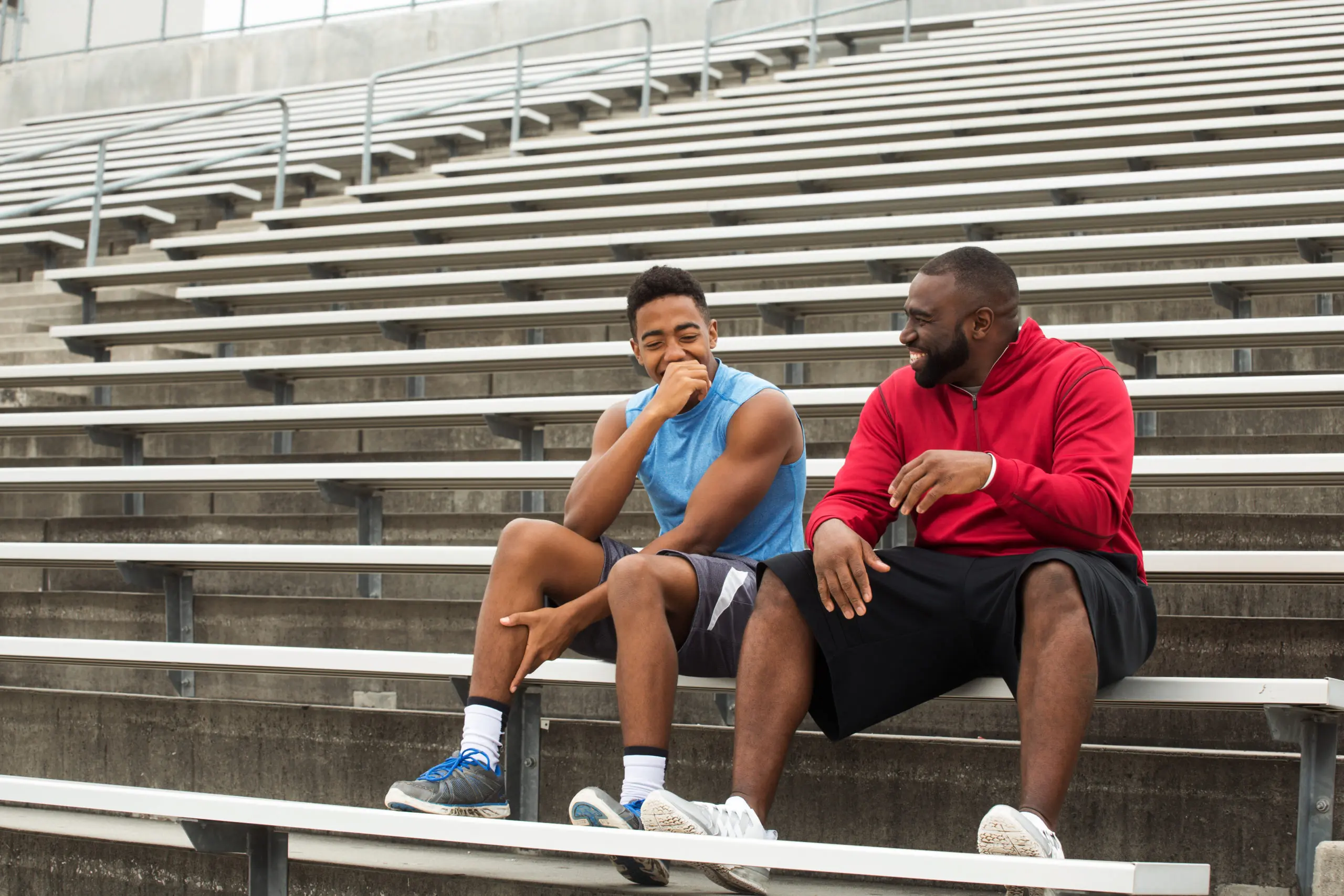
The Evolution of NIL Deals and The Future of College Sports Sponsorships
Posted in:
In recent years, the landscape of sports and entertainment has undergone a profound transformation with Name, Image, and Likeness (NIL) deals and sponsorships. This shift from a traditional model where athletes and individuals were limited in their ability to capitalize on their personal brand and talent gained momentum starting in the early 2020s.
The new era of collegiate sponsorships has ushered in new opportunities for athletes, influencers, and content creators, enabling them to build partnerships with brands and monetize their image and persona. We will uncover how these deals and sponsorships have not only empowered collegiate athletes, but also reshaped the dynamics of the sports sponsorship ecosystem.
The Value of NIL Deals for Brands
NIL deals are valuable for brands as they provide an opportunity to leverage the popularity and influence of athletes, particularly in the context of college sports. Through endorsement deals and social media collaborations, brands can benefit from the authenticity and connection that athletes bring, aligning themselves with individuals whose values and stories resonate with their target demographic. High-profile athletes can help enhance brand awareness and engagement by capitalizing on the athlete’s personal brand. NIL deals offer brands a dynamic means of connecting with consumers, tapping into the athletes’ existing fan bases, and creating impactful and memorable campaigns.
Trends in NIL Sports Sponsorships
The NIL Sponsorship landscape is constantly changing, as brands and young athletes learn how to work together.
Athletes must learn to operate as businesses: NIL sponsorship deals ultimately benefit both brands and athletes. But while these opportunities create financial freedom, there are also new responsibilities for sponsored athletes. Athletes must now gain an understanding of effective negotiation skills, contractual understanding, and maintaining a positive public image to attract and retain sponsorships.
Social Media: The digital and social media space will play an even more prominent role in the future of NIL deals and sponsorships. Athletes with strong online followings will have a competitive advantage, and the digital realm will provide new avenues for brand engagement and promotion.
Standardization: Over time, we can expect more standardized regulations and guidelines governing NIL deals. As these rules become more established, it will provide clarity and consistency for athletes, brands, and educational institutions.
Data-Driven Decision-Making: Sports organizations and brands are likely to increasingly use data analytics and market research to identify the most effective partnerships and endorsements. Data-driven decision-making can help identify the most lucrative opportunities for brands in the NIL space.
Cross-Industry Collaborations: Athletes may explore collaborations beyond the sports industry, such as partnerships with tech companies, entertainment entities, and lifestyle brands. This diversification could open up new avenues for athlete income.
Evolving Fan Engagement: Brands and athletes will need to adapt to the evolving preferences of sports fans. The future may see more emphasis on interactive and personalized fan engagement, with digital technologies playing a significant role in creating unique experiences.
Globalization of NIL: The concept of NIL is not limited to the United States. Other countries may adopt similar models, leading to a more global marketplace for athletes and brands to engage in sponsorship and endorsement deals.
Social Responsibility: Athletes may increasingly align themselves with brands and causes that reflect their personal values and ethics. Social responsibility and activism could become integral to many sponsorship decisions.
Earlier Introductions to Athletes Building Stronger Fandom:
Fans are following, cheering, and engaging with athletes at an earlier stage in their careers than ever before. Young athletes now have the means to share their journeys, training regimens, and personal stories with their fanbases, creating a unique connection that transcends the traditional sports narrative. Social media platforms, especially Instagram, Twitter, and TikTok, serve as powerful tools for athletes to engage with audiences, allowing fans to witness the behind-the-scenes aspects of their lives. This early introduction to athletes not only builds a devoted following but also establishes a long-term relationship as fans grow alongside their favorite athletes..
